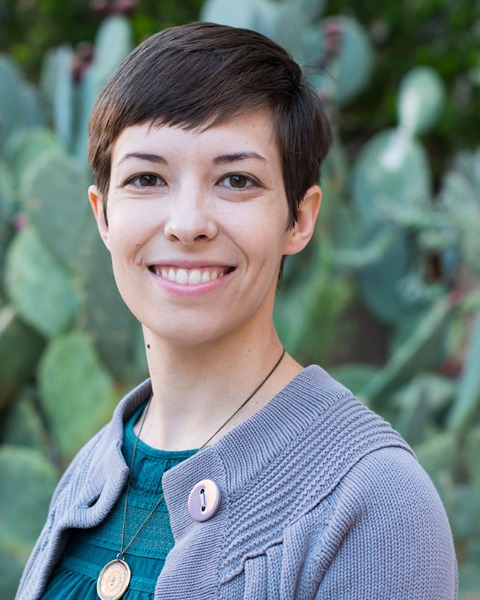Student 10-Minute Presentation
Physiology, Biochemistry, and Toxicology
Student
Student Competition
Within-colony variation in desiccation resistance of a tropical stingless bee

Kristin M. Robinson (she/her/hers)
PhD Candidate
The University of Southern Mississippi
Hattiesburg, Mississippi
Kaitlin M. Baudier, Ph.D.
Assistant Professor
University of Southern Mississippi
Hattiesburg, Mississippi
Presenting Author(s)
Co-Author(s)
Tropical social insects are at a high risk of negative climate change effects. They are adapted to live in these less seasonal climates and have small bodies, making them highly affected by ambient conditions. The tropics experience the highest rainfall on earth but are predicted to face increasing drought frequency. The few studies that investigate desiccation resistance in tropical social insects rarely take into account how within-colony variation interplays with division of labor. Estimating the response of different individuals within a colony can allow us to more accurately predict the impact of climate change for a variety of social species. Tetragonisca angustula is a stingless bee species of interest for this research because of its agricultural importance and its high level of sub-caste specialization in the form of a large-bodied soldier caste, consisting of hovering guards that age into the role of standing guards. For this project, we investigated whether age- and size-differentiated worker subcastes (small-bodied foragers, standing guards, and hovering guards) of T. angustula differ in desiccation resistance. We also measured nest and foraging site microclimates to assess whether the variation in humidity among the microclimates of the worker subcastes constrains their activity levels. We found no difference among the desiccation resistance of the worker subcastes, despite the higher variation in humidity in the foraging microclimate. Foragers may be the worker subcaste most at risk of desiccation stress because they are no more resistant to desiccation than the other subcastes but experience more stressful microclimates.

.png)

